Effective Teaser Trailers: Comparing High And Low Performing Examples
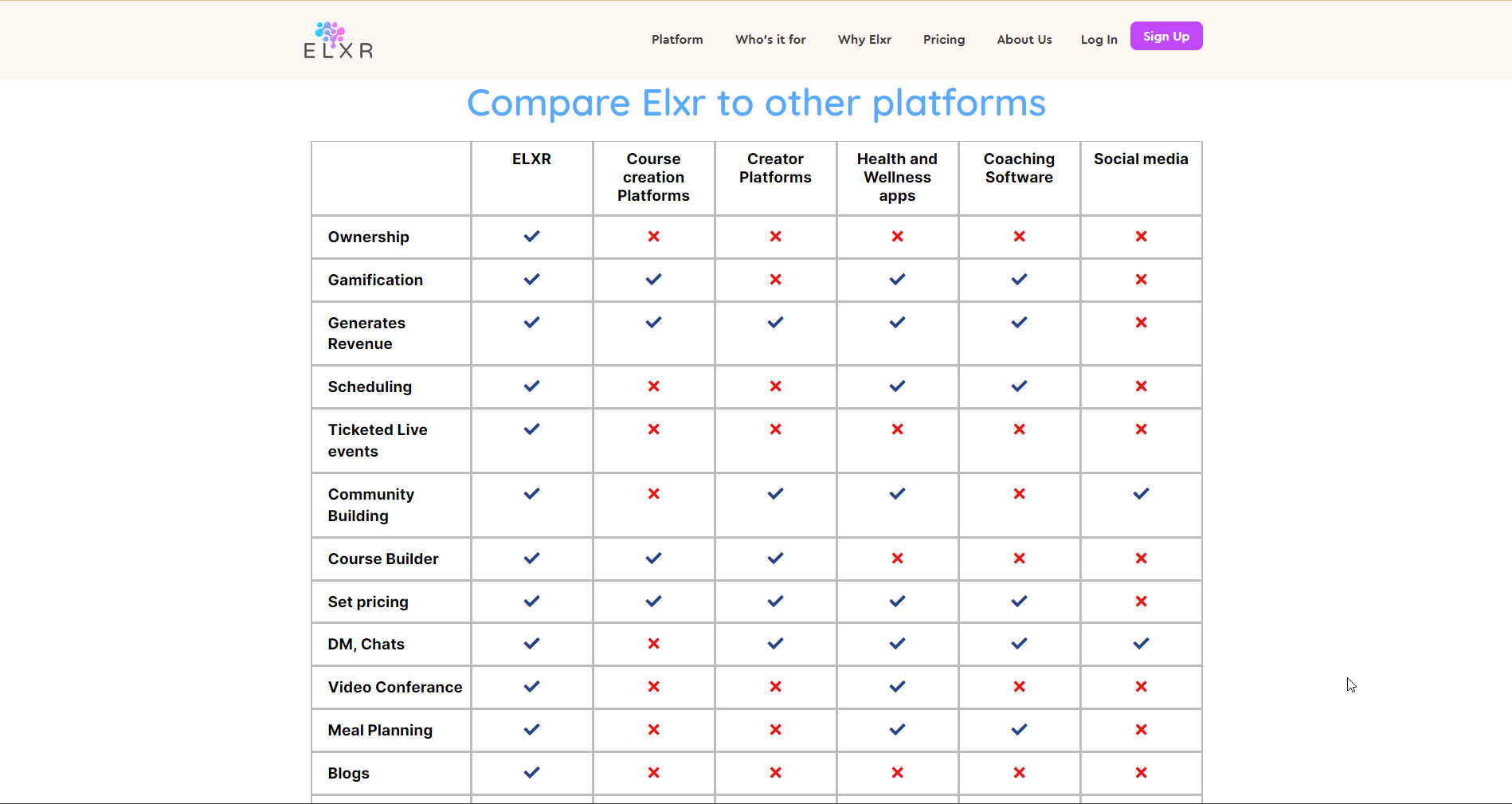
Table of Contents
What Makes a Teaser Trailer Effective?
Creating a truly effective teaser trailer requires a multi-faceted approach, focusing on several key elements that work in harmony to capture the audience’s imagination.
Creating Intrigue and Mystery
The primary goal of a teaser trailer isn't to reveal the entire plot; it’s to build anticipation. This is achieved through:
- Cryptic Imagery and Suggestive Soundscapes: Use visuals and sounds that hint at the film's tone and themes without giving too much away. Think fleeting images, ambiguous symbols, and unsettling sounds that leave the audience wanting more.
- Cliffhangers and Unanswered Questions: End on a compelling cliffhanger that leaves viewers with burning questions and a desperate desire to see the full movie. This creates a powerful sense of urgency.
- Examples of Effective Mystery-Building: The teaser for Inception masterfully used disorienting imagery and a mysterious narrative voiceover to create an air of suspense, while Arrival's teaser emphasized enigmatic visuals and a haunting score, prompting much speculation.
Showcasing Visual Appeal and High Production Value
In the crowded landscape of online video, visual quality is paramount. An effective teaser trailer must:
- Boast High-Quality Visuals, Editing, and Sound Design: Invest in professional-grade production values to create a polished and captivating experience. Poor quality visuals immediately detract from the overall impact.
- Utilize Striking and Memorable Visuals: Use unique visuals that are instantly recognizable and memorable. Think iconic shots, compelling character introductions, and breathtaking scenery that perfectly capture the essence of the film.
- Emphasize the Overall Aesthetic and Tone: The visual style should immediately communicate the film's genre, mood, and overall aesthetic. A horror film's teaser should evoke fear, while a comedy's should be lighthearted and fun.
- Examples of Visually Stunning High-Performing Teaser Trailers: The teaser for Blade Runner 2049 showcased stunning visuals and futuristic landscapes, perfectly capturing the film’s cyberpunk aesthetic. Similarly, Mad Max: Fury Road's teaser trailer highlighted the film’s intense action sequences and unique visual style.
Targeting the Right Audience
Understanding your target audience is crucial for crafting a message that resonates. A high-performing teaser trailer needs to:
- Know its Target Demographic: Identify the specific age group, interests, and preferences of your ideal viewer. This allows for tailoring the trailer’s message and style accordingly.
- Tailor the Tone, Style, and Content: The tone and style of your teaser should align perfectly with your target audience’s expectations and preferences.
- Utilize Specific Marketing Data: Leverage data analytics to understand which platforms and channels are most effective for reaching your specific demographic.
- Examples of Teaser Trailers Effectively Targeting Specific Audiences: The teaser for Spider-Man: Into the Spider-Verse used vibrant animation and a hip-hop soundtrack to appeal to a younger audience, while the teaser for The Revenant used stark visuals and a serious tone to attract mature viewers interested in intense dramas.
Analyzing High-Performing Teaser Trailers
Let's analyze some high-performing teaser trailers to understand their success:
Case Study 1: Dunkirk
Christopher Nolan's Dunkirk teaser masterfully used tense music, evocative imagery, and a sense of impending doom to create a gripping narrative without revealing too much of the plot. The use of real-world footage interwoven with dramatic scenes, along with the unsettling score, generated significant buzz. Metrics showed impressive viewership numbers and substantial social media engagement.
Case Study 2: Baby Driver
The Baby Driver teaser used quick cuts, exhilarating music, and visually stunning car chases to create a high-energy, exciting preview. The focus on action and the catchy soundtrack perfectly captured the film's energetic tone and attracted a broad audience. The trailer garnered significant positive feedback and substantial viewership.
Dissecting Low-Performing Teaser Trailers
Understanding what doesn't work is just as important as understanding what does.
Common Mistakes to Avoid
Many low-performing teaser trailers fall victim to these mistakes:
- Revealing Too Much of the Plot: Giving away crucial plot points diminishes the audience's excitement for the film itself.
- Poor Visual Quality or Inconsistent Editing: A poorly edited or low-quality teaser creates a negative first impression and undermines the film’s production value.
- Unengaging or Generic Music and Sound Design: The music and sound design should perfectly complement the visuals and enhance the emotional impact. Generic music fails to leave a lasting impression.
- Lack of a Clear Target Audience: A trailer that fails to connect with a specific audience will struggle to generate excitement.
Case Study 3: [Example of an unsuccessful teaser trailer - replace with a specific example and analysis]
[Insert analysis of a low-performing teaser trailer, highlighting specific weaknesses, such as poor pacing, unclear messaging, or generic visuals. Compare this to the high-performing examples, emphasizing the contrast in effectiveness.]
Case Study 4: [Example of another unsuccessful teaser trailer - replace with a specific example and analysis]
[Insert analysis of another low-performing teaser trailer, focusing on different weaknesses. Draw general conclusions about what constitutes an ineffective teaser trailer.]
Conclusion
Creating an effective teaser trailer is crucial for generating pre-release buzz and maximizing box office potential. Key takeaways include the paramount importance of building intrigue, showcasing high production values, meticulously targeting the right audience, and avoiding common pitfalls like revealing too much of the plot or using generic visuals and sound. By analyzing both high and low-performing examples, we can learn invaluable lessons on how to craft compelling teaser trailers that capture attention and drive engagement. Now it's your turn! Analyze your own teaser trailers (or those of others) using these insights to refine your approach and master the art of creating truly effective movie trailers – leading to more successful marketing campaigns. Explore further resources on trailer marketing and video marketing strategies to elevate your skills and consistently create high-performing teaser trailers.

Featured Posts
-
 Rachel Zegler Shakira And More Early Predictions For The 2025 Met Gala
May 06, 2025
Rachel Zegler Shakira And More Early Predictions For The 2025 Met Gala
May 06, 2025 -
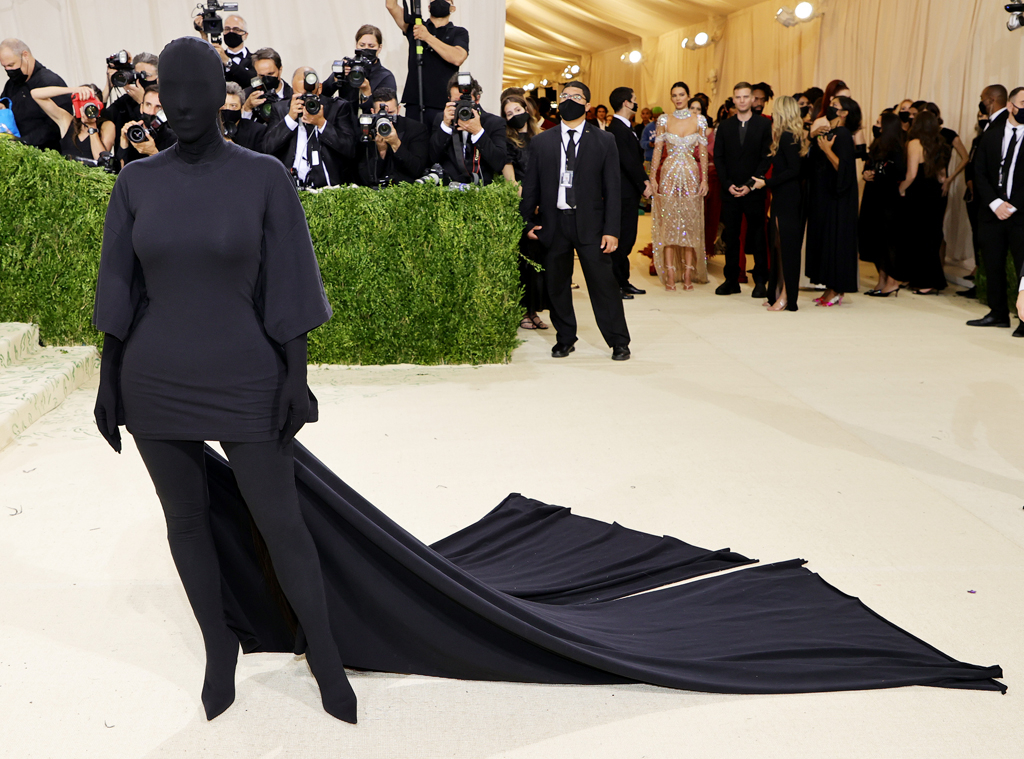 11 Unforgettable Met Gala Looks By Kim Kardashian
May 06, 2025
11 Unforgettable Met Gala Looks By Kim Kardashian
May 06, 2025 -
 Chris Pratt Comments On Patrick Schwarzeneggers White Lotus Steamy Scene
May 06, 2025
Chris Pratt Comments On Patrick Schwarzeneggers White Lotus Steamy Scene
May 06, 2025 -
 Us China Trade Uncertainty Drives Copper Market Volatility
May 06, 2025
Us China Trade Uncertainty Drives Copper Market Volatility
May 06, 2025 -
 The Enduring Influence Of Demi Moores 1991 Body Paint Photoshoot
May 06, 2025
The Enduring Influence Of Demi Moores 1991 Body Paint Photoshoot
May 06, 2025
Latest Posts
-
 The Complex Dynamics Of Family Miley Cyrus And Her Fathers Narcissism
May 06, 2025
The Complex Dynamics Of Family Miley Cyrus And Her Fathers Narcissism
May 06, 2025 -
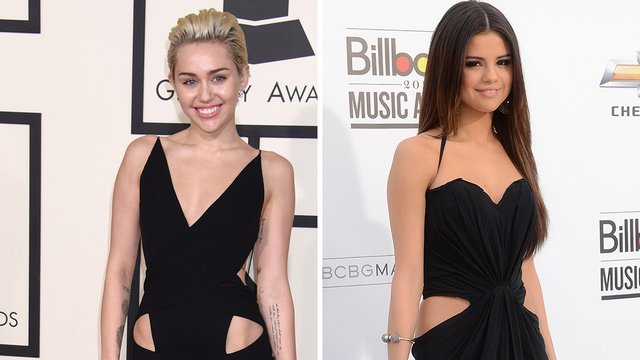 Apakah Selena Gomez Dan Miley Cyrus Akan Kencan Ganda Setelah Akhiri Perseteruan
May 06, 2025
Apakah Selena Gomez Dan Miley Cyrus Akan Kencan Ganda Setelah Akhiri Perseteruan
May 06, 2025 -
 Tuerkiye Macaristan Iliskilerinde Haciosmanoglu Nun Rolue
May 06, 2025
Tuerkiye Macaristan Iliskilerinde Haciosmanoglu Nun Rolue
May 06, 2025 -
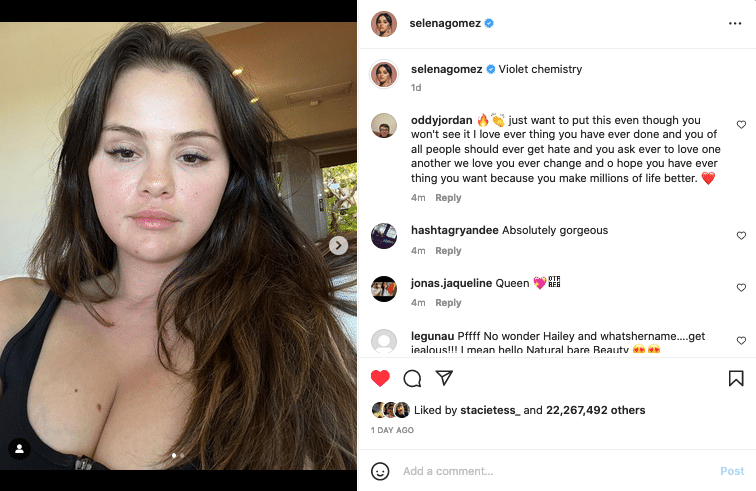 Perdamaian Selena Gomez Dan Miley Cyrus Kencan Ganda Jadi Buktinya
May 06, 2025
Perdamaian Selena Gomez Dan Miley Cyrus Kencan Ganda Jadi Buktinya
May 06, 2025 -
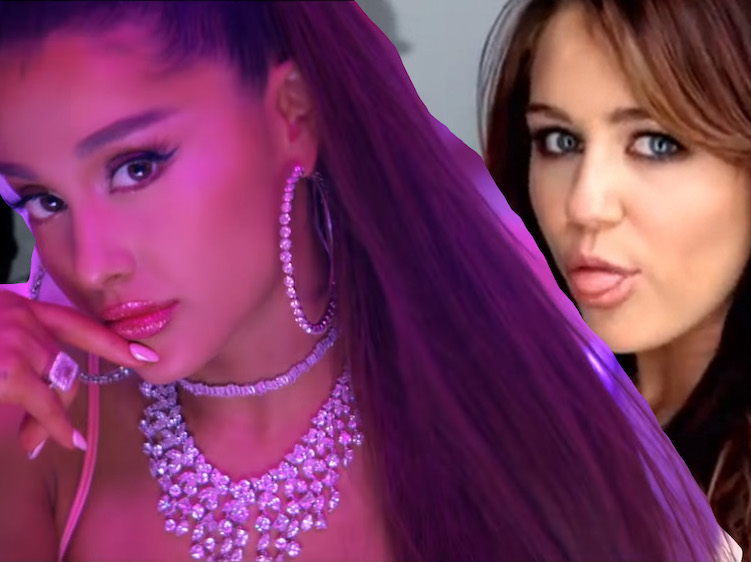 Miley Cyrus Opens Up The Challenges Of Loving A Narcissistic Father
May 06, 2025
Miley Cyrus Opens Up The Challenges Of Loving A Narcissistic Father
May 06, 2025
